Home>Gardening & Outdoor>Plant Care & Gardening Tips>What Is The State Wildflower Of Colorado?
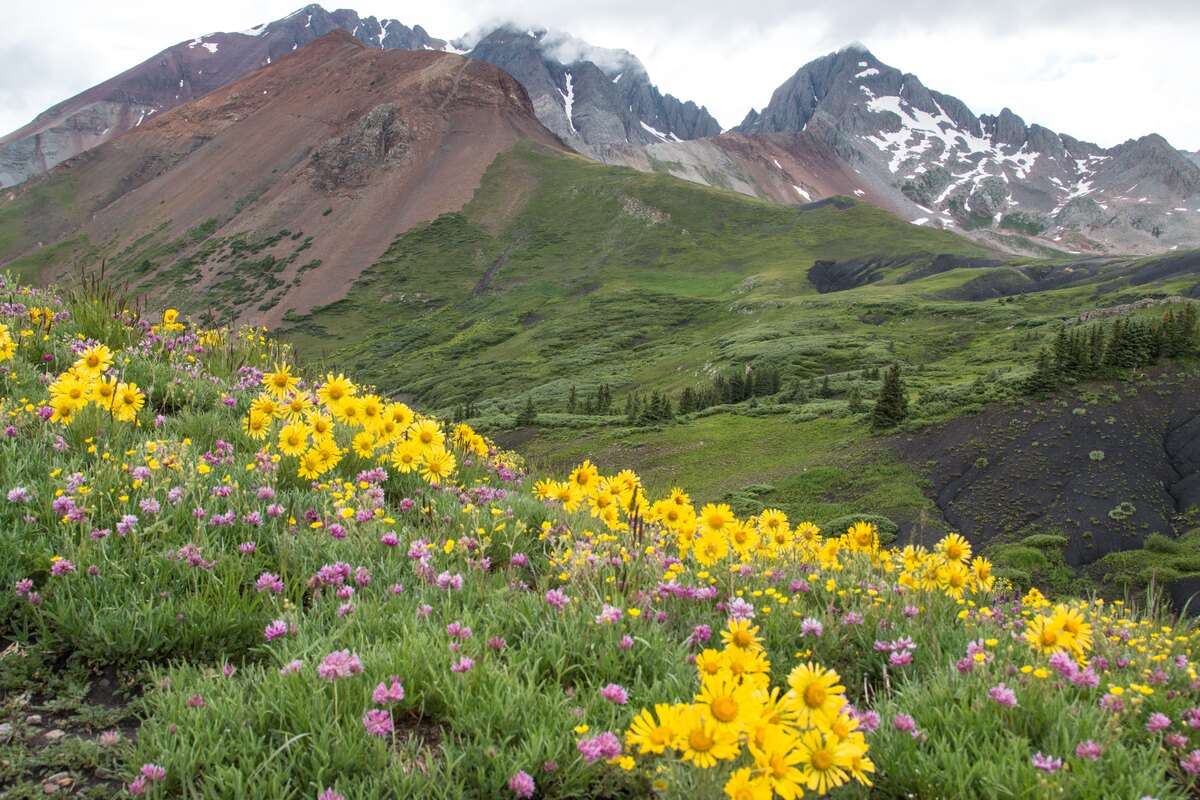

Plant Care & Gardening Tips
What Is The State Wildflower Of Colorado?
Modified: January 4, 2024
Discover the state wildflower of Colorado and get expert plant care and gardening tips to cultivate this beautiful native bloom. Explore everything you need to know about this iconic flower and how to care for it in your garden.
(Many of the links in this article redirect to a specific reviewed product. Your purchase of these products through affiliate links helps to generate commission for Storables.com, at no extra cost. Learn more)
Introduction
Colorado, known for its breathtaking landscapes and diverse flora, boasts a state flower that holds deep cultural and ecological significance. The Rocky Mountain Columbine, with its delicate petals and vibrant hues, has been designated as the official state wildflower of Colorado. This distinction is not merely a matter of botanical interest; it reflects the state’s commitment to preserving its natural heritage and celebrating the unique beauty of its native flora.
In this article, we will delve into the captivating story of the Rocky Mountain Columbine, exploring its selection process, symbolic importance, and the ongoing conservation efforts aimed at protecting this iconic wildflower. Join us on a journey through Colorado’s floral wonders as we uncover the rich tapestry of history, culture, and environmental stewardship woven into the fabric of the state’s beloved wildflower.
Key Takeaways:
- The Rocky Mountain Columbine, Colorado’s state wildflower, symbolizes the state’s resilience and natural beauty, inspiring conservation efforts and fostering a deeper connection to the environment.
- Colorado’s commitment to preserving the Rocky Mountain Columbine includes habitat protection, public education, and scientific research, ensuring the enduring vitality of its iconic wildflowers.
Read more: What Is The State Wildflower
The Rocky Mountain Columbine
The Rocky Mountain Columbine (Aquilegia caerulea) is a stunning perennial plant that graces the alpine meadows, woodlands, and subalpine regions of Colorado. Renowned for its enchanting bi-colored petals, which typically display a combination of lavender, violet, and white, this exquisite wildflower embodies the rugged beauty and resilience of the Rocky Mountains. Its distinctively shaped blooms, with delicate spurs extending from the center, have captivated botanists, horticulturalists, and nature enthusiasts for generations.
As a member of the buttercup family (Ranunculaceae), the Rocky Mountain Columbine thrives in well-drained, nutrient-rich soils, often clinging to rocky slopes and thriving in the dappled sunlight of its natural habitat. Its ability to withstand the harsh alpine climate and its preference for elevations between 6,000 and 10,000 feet make it a resilient symbol of Colorado’s untamed wilderness.
One of the most distinctive features of the Rocky Mountain Columbine is its intricate floral structure, which serves as a testament to the plant’s remarkable adaptation to its environment. The spurred petals, resembling a cluster of delicate bells, not only attract pollinators but also provide protection for the plant’s reproductive organs. This ingenious design has evolved over millennia, ensuring the wildflower’s survival in the rugged mountain terrain.
Throughout history, the Rocky Mountain Columbine has inspired artists, poets, and storytellers, becoming an enduring emblem of Colorado’s natural splendor. Its ethereal beauty and resilience in the face of adversity have made it a beloved symbol of the state’s untamed spirit and the enduring vitality of its wilderness. As we continue our exploration, we will uncover the intricate process that led to the Rocky Mountain Columbine being designated as the official state wildflower of Colorado.
The Selection Process
The designation of the Rocky Mountain Columbine as the official state wildflower of Colorado was the result of a meticulous and heartfelt selection process. In 1891, the Colorado General Assembly recognized the need to bestow this honor upon a native wildflower that encapsulated the essence of the state’s natural beauty and resilience. After careful consideration and passionate debate, the Rocky Mountain Columbine emerged as the quintessential embodiment of Colorado’s rugged terrain and vibrant floral diversity.
Several factors contributed to the selection of the Rocky Mountain Columbine. Its striking bi-colored petals, reminiscent of the snow-capped peaks and azure skies of the Rockies, captured the imagination of legislators and citizens alike. The wildflower’s ability to thrive in the challenging alpine environment, symbolizing resilience and tenacity, resonated deeply with the state’s pioneering spirit and unwavering determination.
Moreover, the Rocky Mountain Columbine’s ecological significance played a pivotal role in its selection. As a vital component of Colorado’s alpine ecosystems, it sustains a myriad of pollinators, including bees, butterflies, and hummingbirds, while contributing to the overall biodiversity of the region. Its role in preserving the delicate balance of Colorado’s natural landscapes underscored its importance as a symbol of environmental stewardship and conservation.
The selection of the Rocky Mountain Columbine also reflected the state’s commitment to preserving its botanical heritage and fostering a sense of pride and connection among its residents. By designating a state wildflower, Colorado sought to instill a deeper appreciation for its native flora and the intrinsic value of preserving the natural wonders that define the state’s identity.
As we celebrate the Rocky Mountain Columbine as the state wildflower of Colorado, it is essential to recognize the thoughtfulness and passion that guided its selection. This enduring emblem of Colorado’s untamed beauty continues to inspire awe and reverence, serving as a poignant reminder of the profound connection between the state’s people and its remarkable natural landscapes.
The state wildflower of Colorado is the Rocky Mountain Columbine. It is a beautiful flower with white and lavender petals, and it can be found in the mountainous regions of the state.
The Symbolism of the State Wildflower
The Rocky Mountain Columbine, as the official state wildflower of Colorado, embodies profound symbolism that resonates with the state’s cultural heritage, environmental ethos, and collective identity. Beyond its botanical allure, this iconic wildflower serves as a poignant emblem of the state’s rugged spirit, natural splendor, and enduring commitment to conservation.
At the heart of its symbolism lies a deep connection to Colorado’s majestic landscapes. The bi-colored petals of the Rocky Mountain Columbine, with their delicate interplay of lavender, violet, and white, evoke the grandeur of the state’s alpine meadows, where wildflowers carpet the terrain in a kaleidoscope of hues. This visual spectacle mirrors the vibrant tapestry of Colorado’s natural beauty, celebrating the diversity and resilience of its native flora.
Furthermore, the Rocky Mountain Columbine symbolizes the resilience and adaptability ingrained in the state’s character. Thriving in the challenging alpine environment, this wildflower embodies the tenacity and fortitude that have defined Colorado’s pioneering heritage. Its ability to endure harsh conditions while exuding delicate beauty serves as a powerful metaphor for the indomitable spirit of the state and its people.
As a vital component of Colorado’s ecosystems, the Rocky Mountain Columbine also embodies the interconnectedness of all living beings and the imperative of environmental stewardship. Its nectar-rich blooms sustain a diverse array of pollinators, contributing to the intricate web of life that sustains Colorado’s natural landscapes. By symbolizing the delicate balance of nature and the interdependence of species, the wildflower underscores the importance of conservation and sustainable coexistence with the environment.
Moreover, the designation of the Rocky Mountain Columbine as the state wildflower reflects Colorado’s commitment to honoring and preserving its botanical heritage. By bestowing this emblematic status upon a native wildflower, the state pays homage to the intrinsic value of its floral diversity and the need to safeguard the natural wonders that define its identity. This symbolic gesture fosters a sense of pride, connection, and responsibility among residents, inspiring a deeper appreciation for Colorado’s ecological treasures.
In essence, the Rocky Mountain Columbine transcends its botanical identity, serving as a living symbol of Colorado’s untamed beauty, resilient spirit, and unwavering dedication to environmental conservation. Its symbolism resonates deeply with the state’s inhabitants, forging a profound link between the natural world and the human experience, and inspiring a shared commitment to preserving the irreplaceable wonders of Colorado’s landscapes.
Conservation Efforts
Colorado’s commitment to preserving the Rocky Mountain Columbine and its diverse floral heritage is exemplified through dedicated conservation efforts aimed at safeguarding native wildflowers and their fragile ecosystems. Recognizing the intrinsic value of these botanical treasures and the imperative of environmental stewardship, the state has implemented various initiatives to ensure the continued vitality and resilience of its wildflower populations.
One of the primary conservation efforts centers on habitat preservation and restoration. By safeguarding the alpine meadows, woodlands, and subalpine regions that serve as the natural habitat of the Rocky Mountain Columbine, Colorado aims to maintain the ecological integrity of these landscapes and provide essential sanctuaries for native flora. Through land conservation measures, including the establishment of protected areas and the restoration of degraded habitats, the state endeavors to create sustainable environments where wildflowers can thrive and proliferate.
Furthermore, Colorado has undertaken educational and outreach programs to raise awareness about the significance of native wildflowers and the threats they face. By engaging communities, schools, and conservation organizations, the state seeks to foster a deeper understanding of the ecological importance of wildflowers and the role that individuals can play in preserving these natural treasures. These initiatives aim to instill a sense of stewardship and inspire collective action to protect Colorado’s floral diversity.
In addition to habitat preservation and education, Colorado has implemented measures to mitigate the impact of human activities on wildflower populations. This includes the regulation of recreational activities in sensitive habitats, the enforcement of ethical foraging practices, and the promotion of responsible tourism to minimize disturbances to native flora. By balancing the enjoyment of natural landscapes with the imperative of conservation, the state endeavors to create harmonious coexistence between visitors and the delicate ecosystems that sustain Colorado’s wildflowers.
Moreover, Colorado’s conservation efforts extend to the realm of scientific research and monitoring. By conducting studies on wildflower populations, ecological dynamics, and the effects of environmental changes, the state seeks to inform evidence-based conservation strategies and adaptative management practices. This scientific approach underpins Colorado’s commitment to ensuring the long-term viability of its native wildflowers in the face of evolving environmental challenges.
Through these multifaceted conservation efforts, Colorado remains steadfast in its dedication to preserving the Rocky Mountain Columbine and the rich tapestry of native wildflowers that adorn its landscapes. By embracing a holistic approach that encompasses habitat protection, public engagement, responsible stewardship, and scientific inquiry, the state endeavors to secure a vibrant and enduring future for its iconic wildflowers, nurturing a legacy of ecological integrity for generations to come.
Read more: What Is The State Wildflower Of Michigan?
Conclusion
The Rocky Mountain Columbine stands as a testament to the timeless allure and ecological significance of Colorado’s native wildflowers. As the official state wildflower, it encapsulates the spirit of the Rockies, embodying resilience, natural beauty, and the interconnectedness of all living beings. Its designation as a symbol of Colorado’s untamed landscapes reflects the state’s profound reverence for its botanical heritage and its enduring commitment to environmental conservation.
Through the selection of the Rocky Mountain Columbine, Colorado pays homage to the intrinsic value of its floral diversity and the need to safeguard the natural wonders that define its identity. This iconic wildflower serves as a living emblem of the state’s rugged spirit, vibrant landscapes, and unwavering dedication to preserving the irreplaceable treasures of its ecosystems. Its symbolism resonates deeply with the state’s inhabitants, forging a profound link between the natural world and the human experience, and inspiring a shared commitment to environmental stewardship.
As Colorado continues to champion conservation efforts aimed at protecting its native wildflowers, including the Rocky Mountain Columbine, it exemplifies a harmonious coexistence between human activities and the delicate ecosystems that sustain its floral diversity. By fostering a deeper understanding of the ecological importance of wildflowers and engaging communities in stewardship initiatives, the state cultivates a legacy of responsible environmental management and a shared sense of responsibility for preserving the natural splendor of its landscapes.
The enduring legacy of the Rocky Mountain Columbine as the state wildflower of Colorado serves as a poignant reminder of the profound connection between the state’s people and its remarkable natural landscapes. Its delicate blooms, nestled amidst the rugged terrain, embody the resilience, beauty, and interconnectedness that define Colorado’s ecological tapestry. As this iconic wildflower continues to grace the alpine meadows and woodlands of the Rockies, it beckons us to embrace a future where the vibrant hues of native wildflowers endure as a testament to Colorado’s enduring commitment to environmental conservation and the timeless allure of its untamed beauty.
Frequently Asked Questions about What Is The State Wildflower Of Colorado?
Was this page helpful?
At Storables.com, we guarantee accurate and reliable information. Our content, validated by Expert Board Contributors, is crafted following stringent Editorial Policies. We're committed to providing you with well-researched, expert-backed insights for all your informational needs.
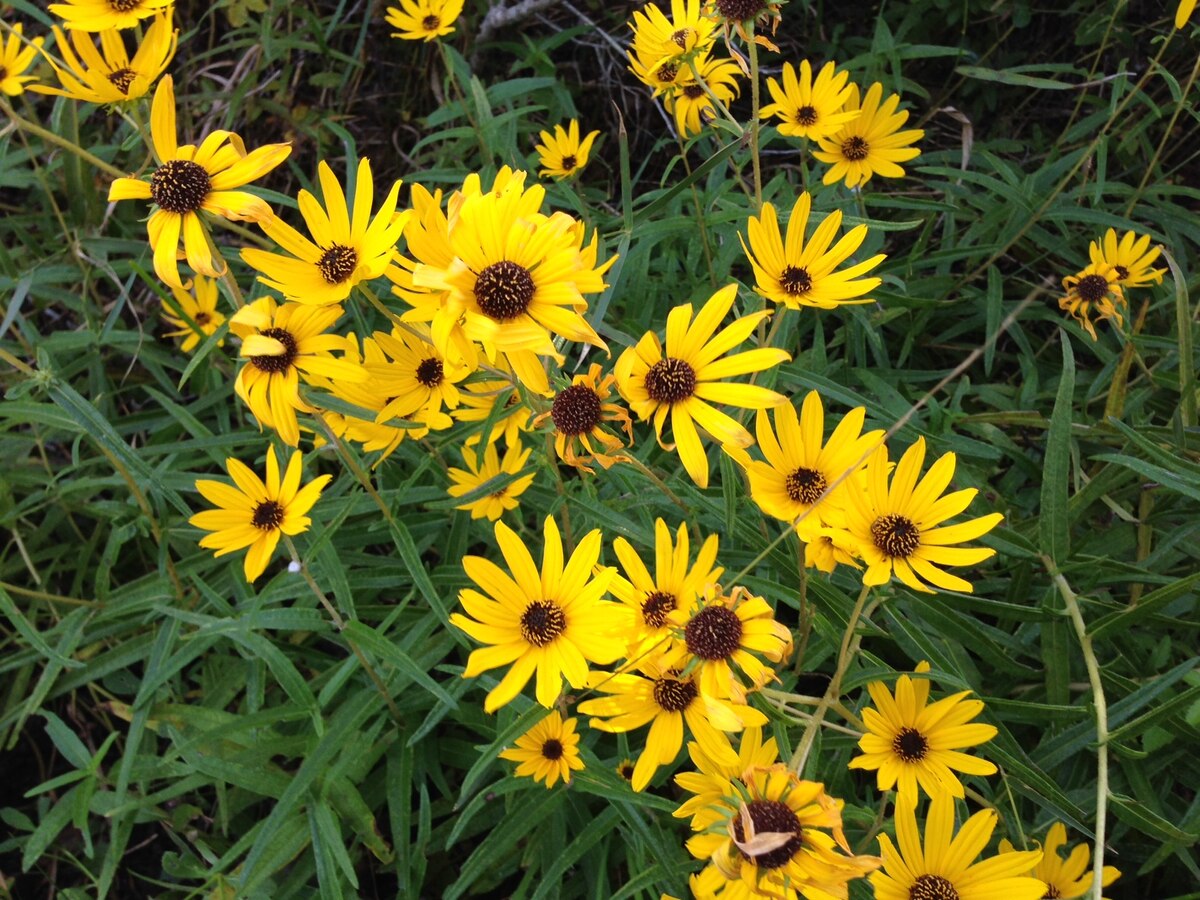
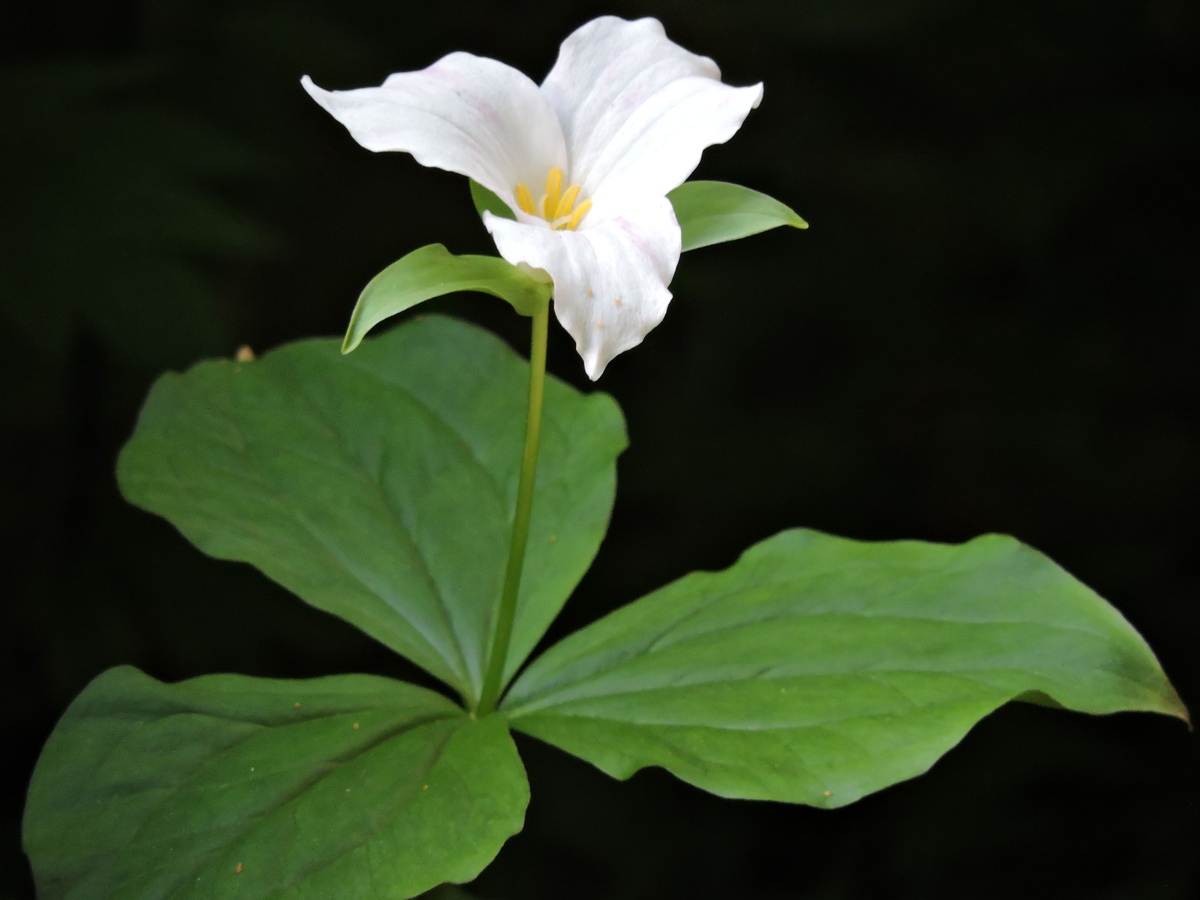
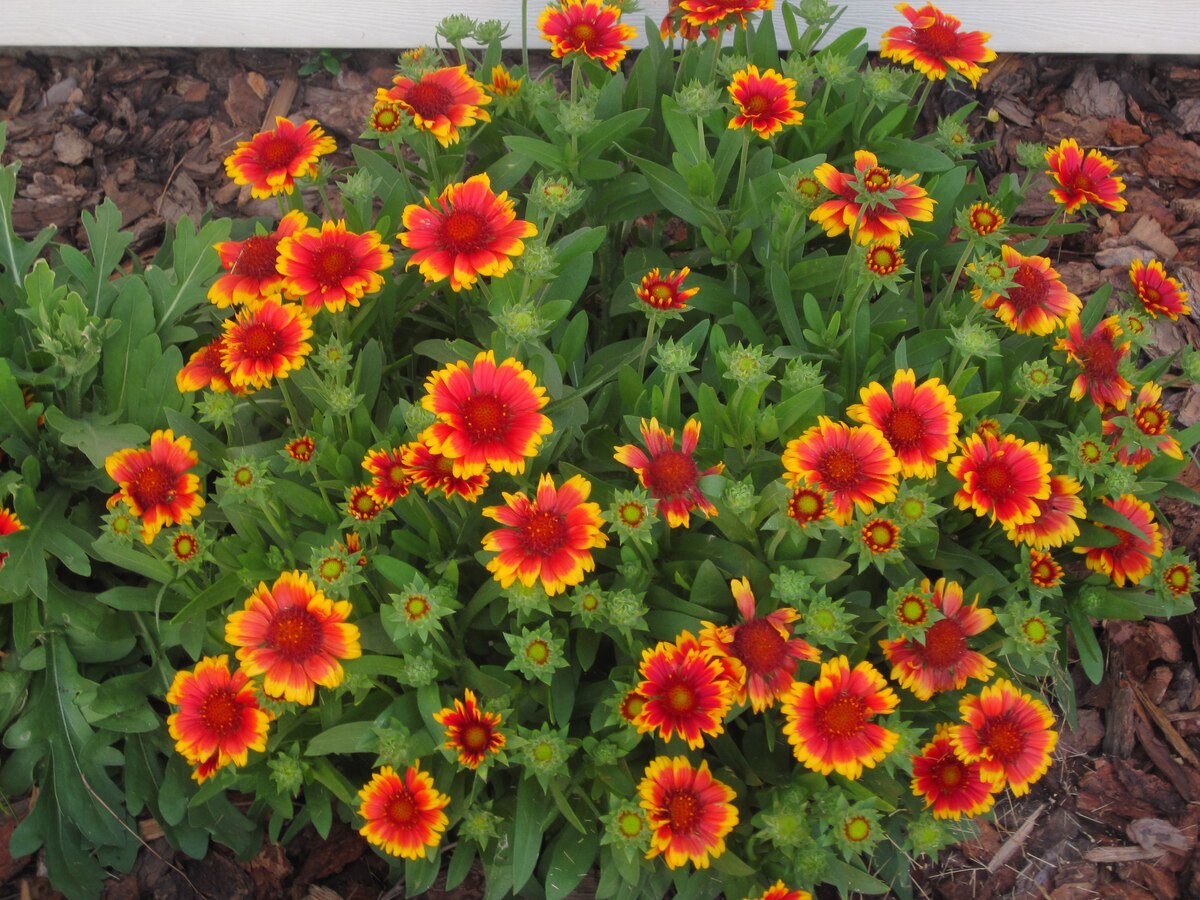
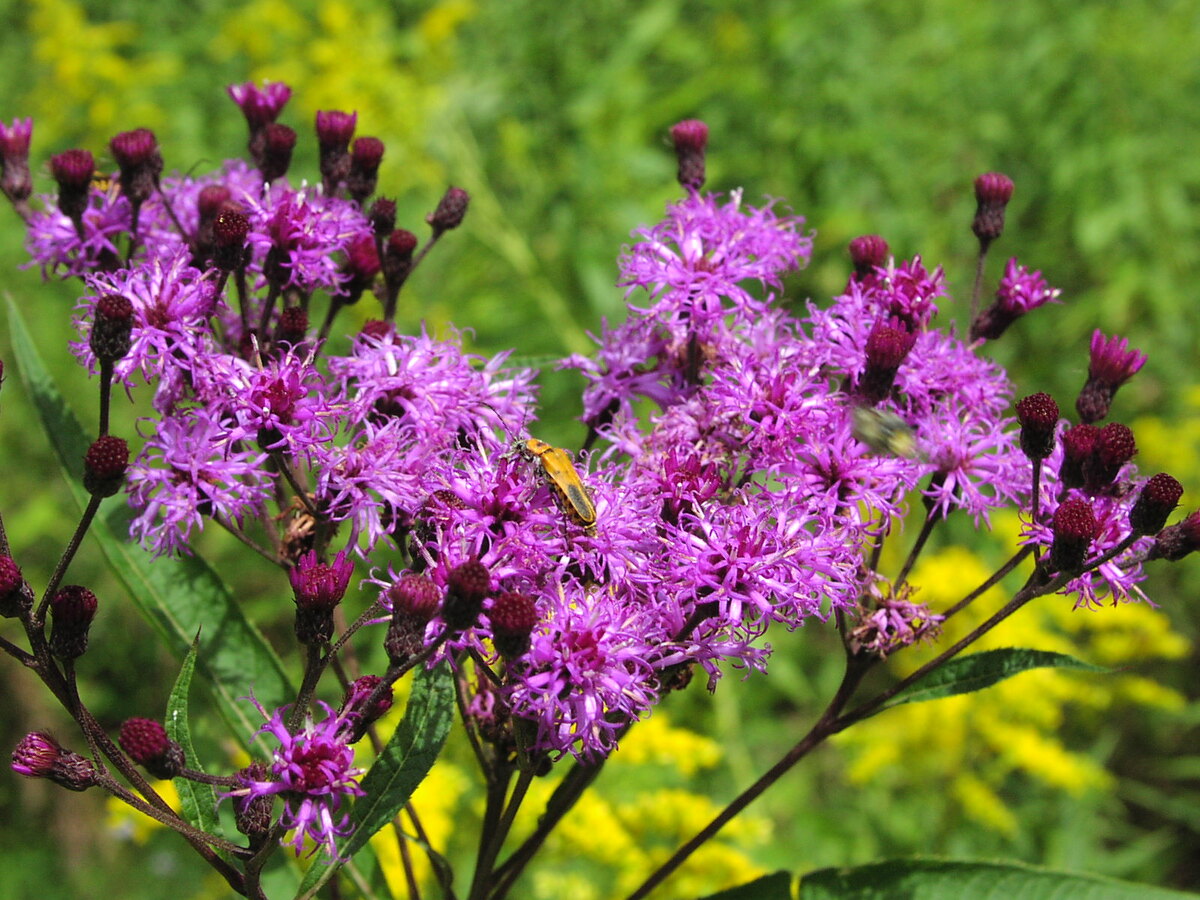
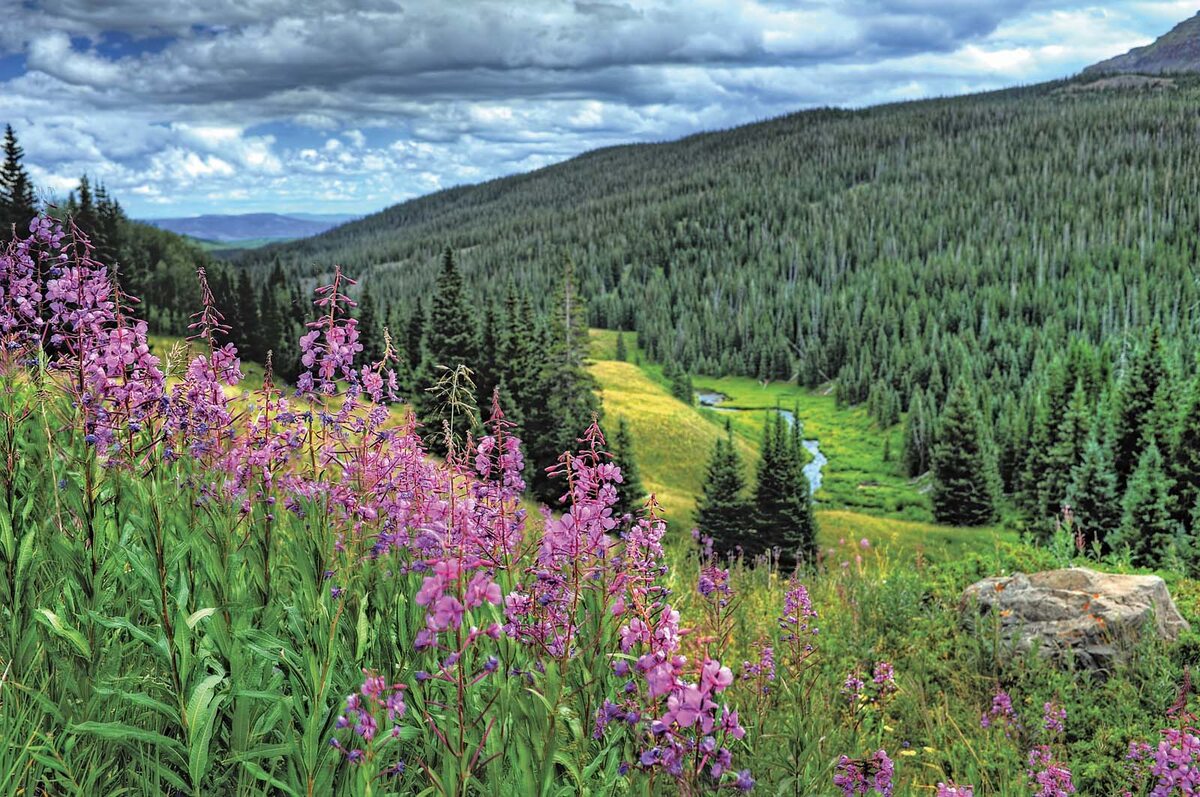
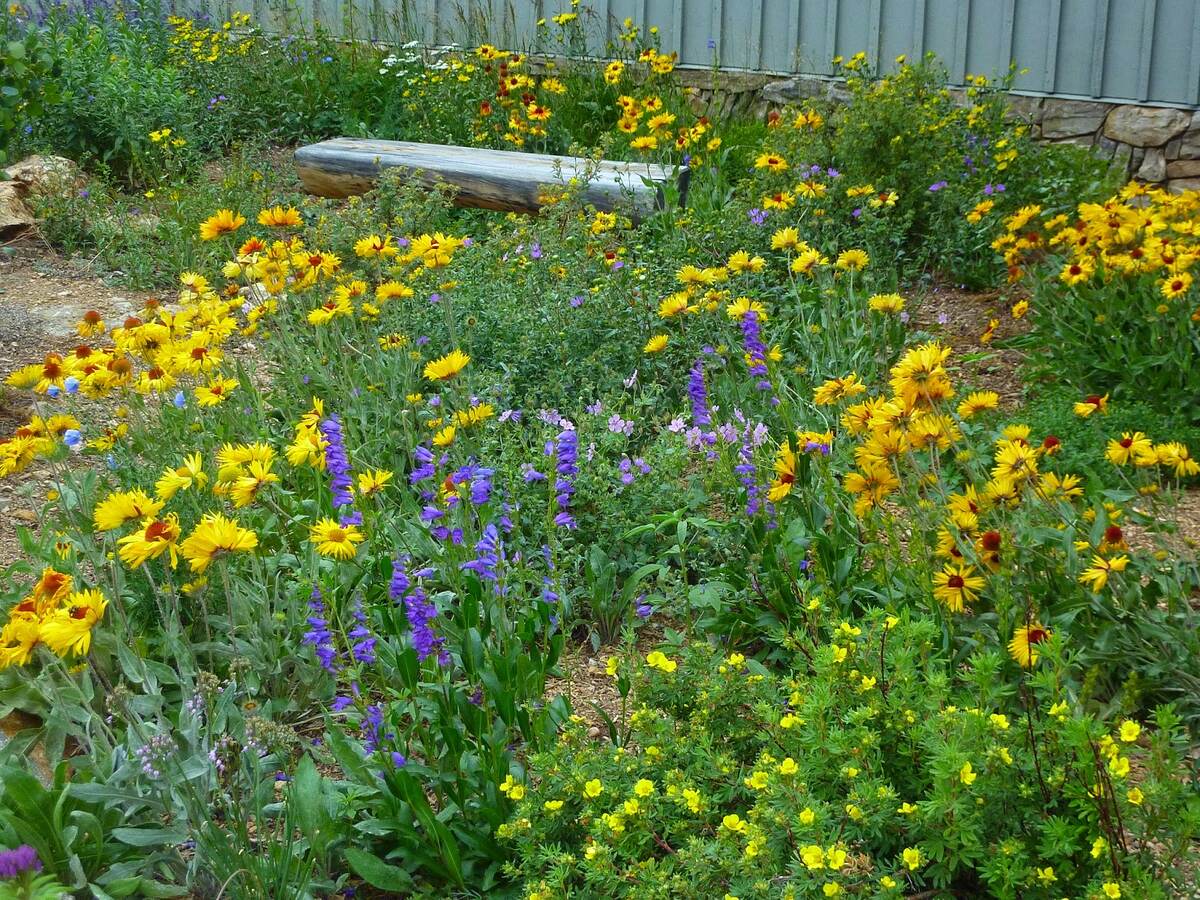
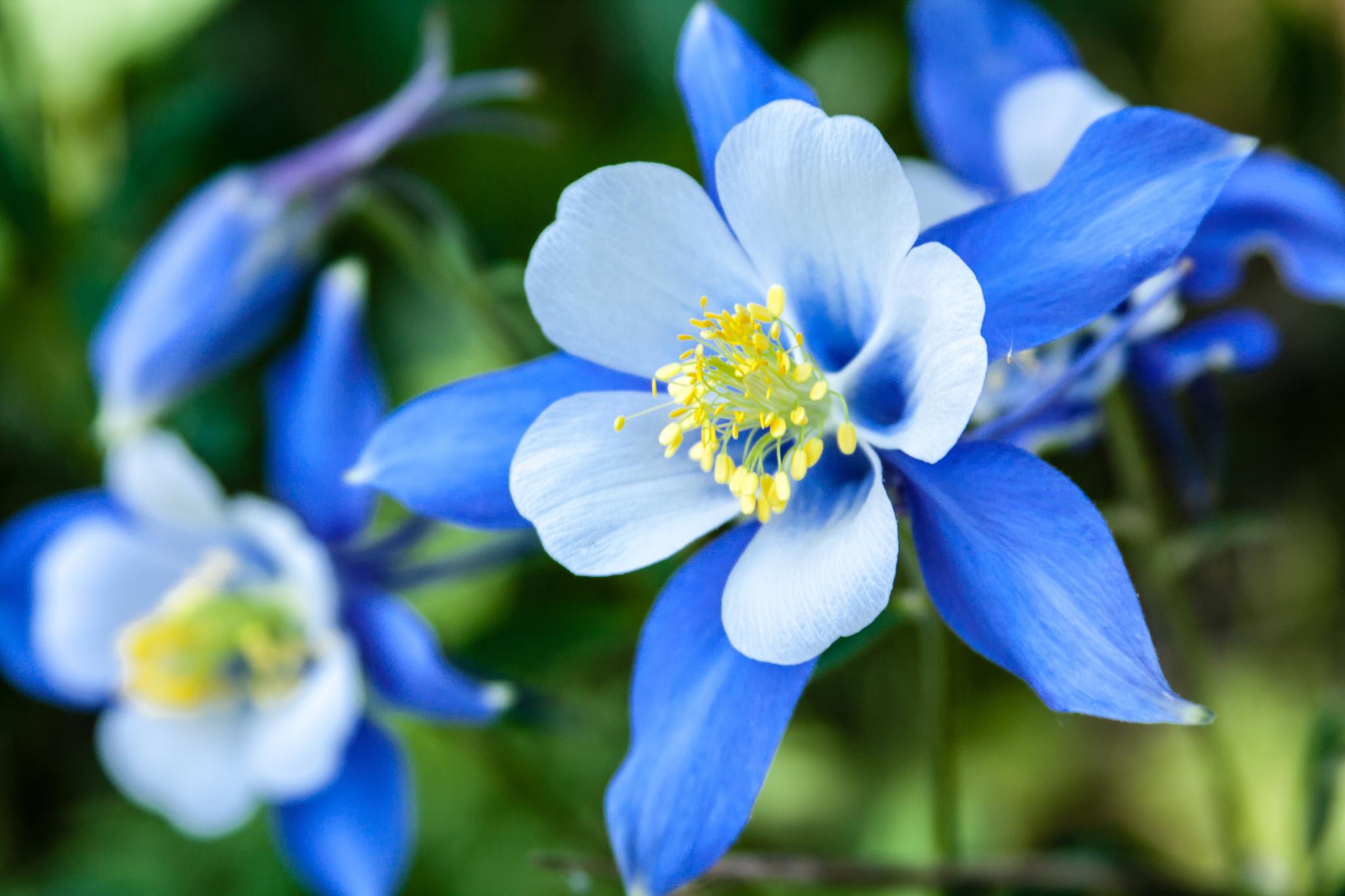
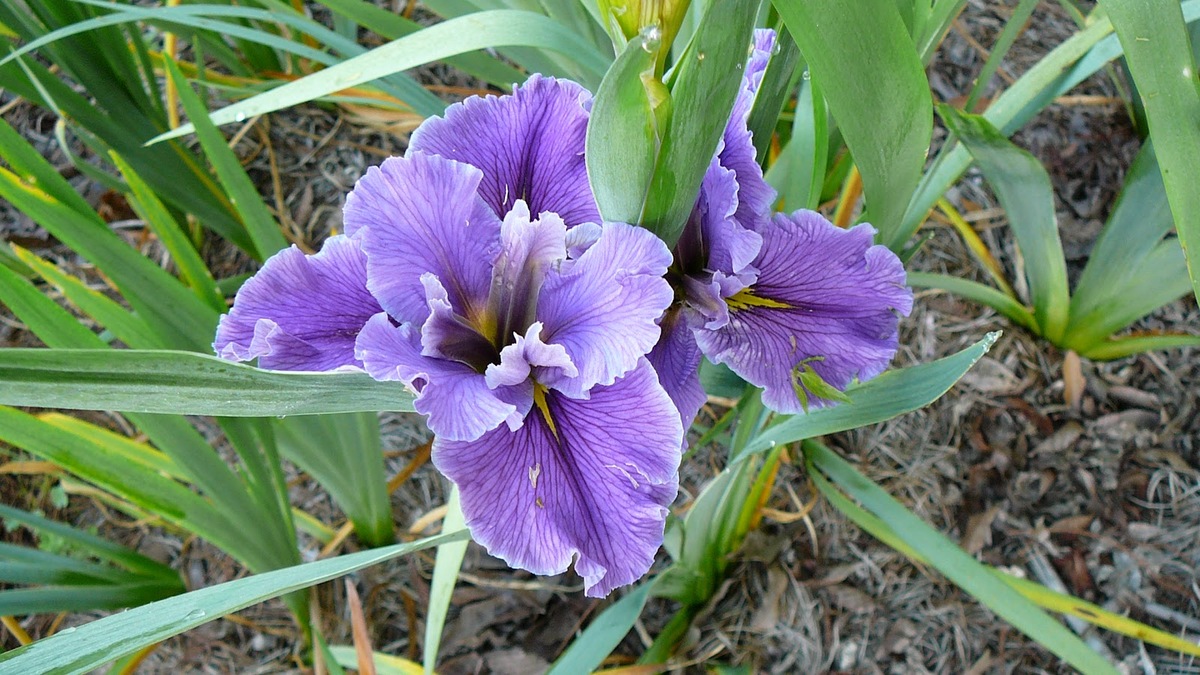
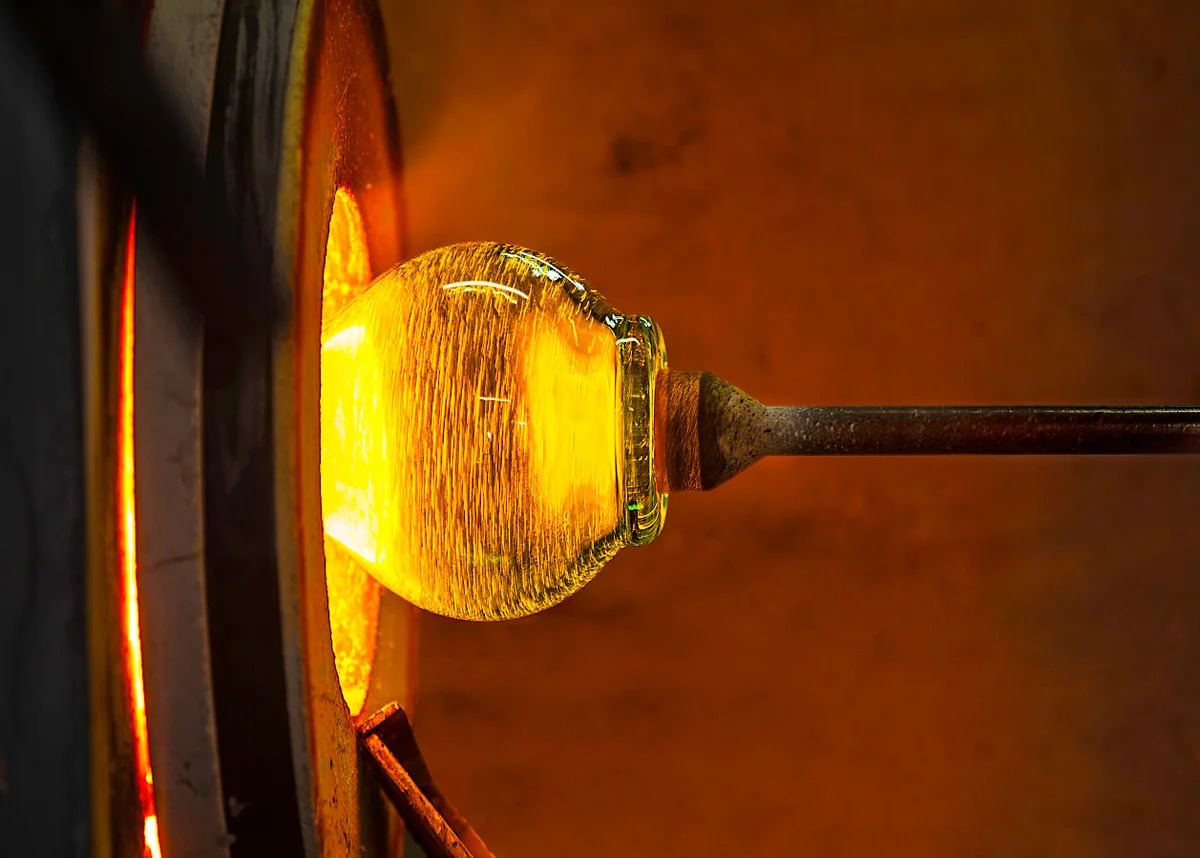
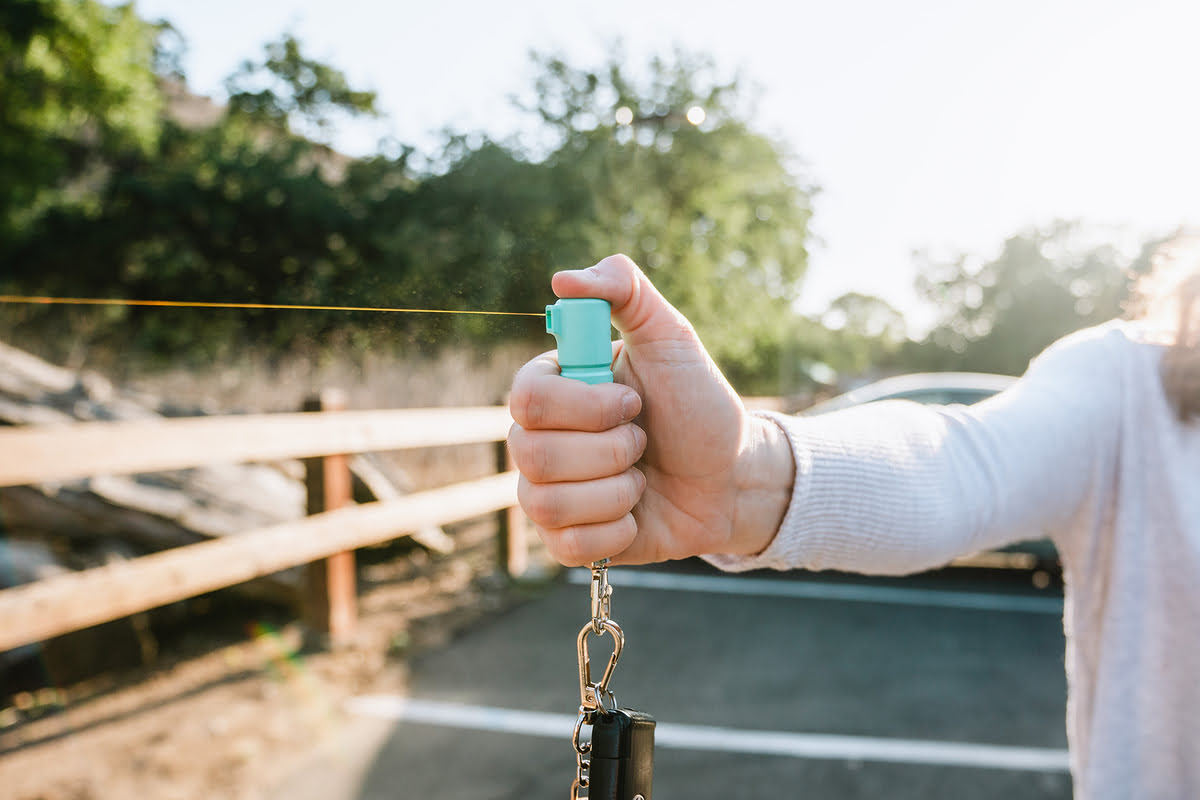
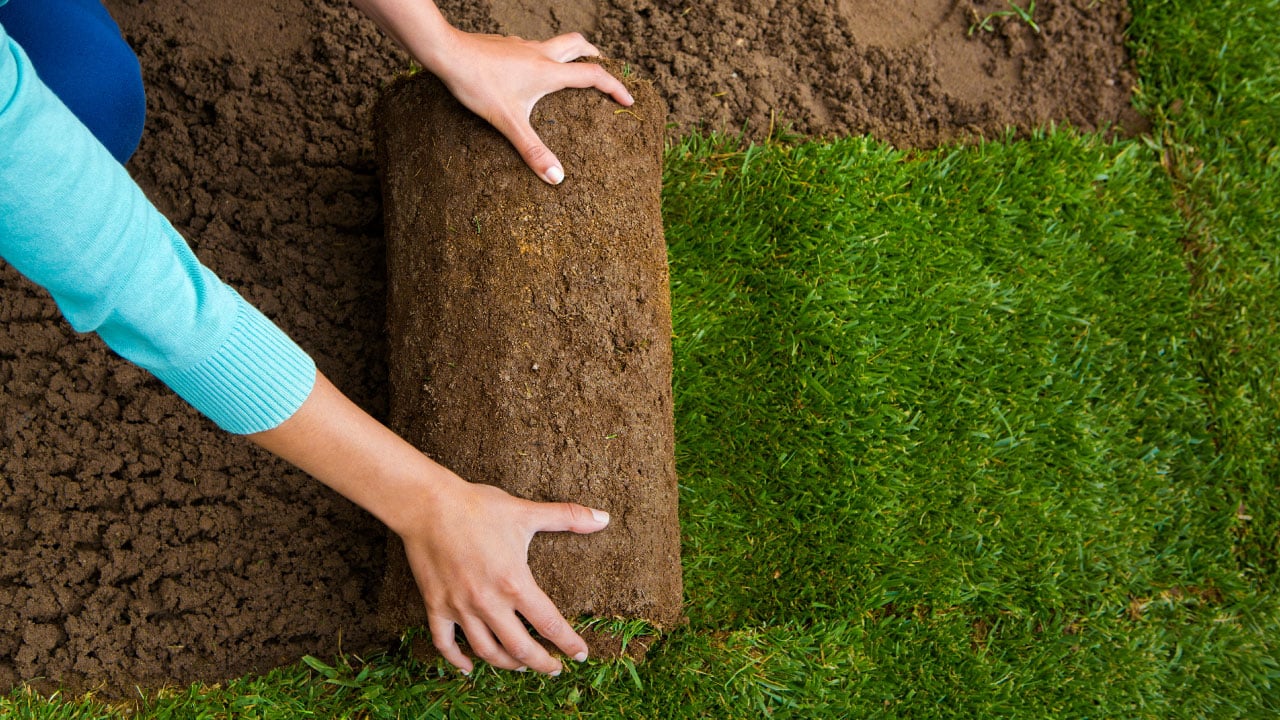
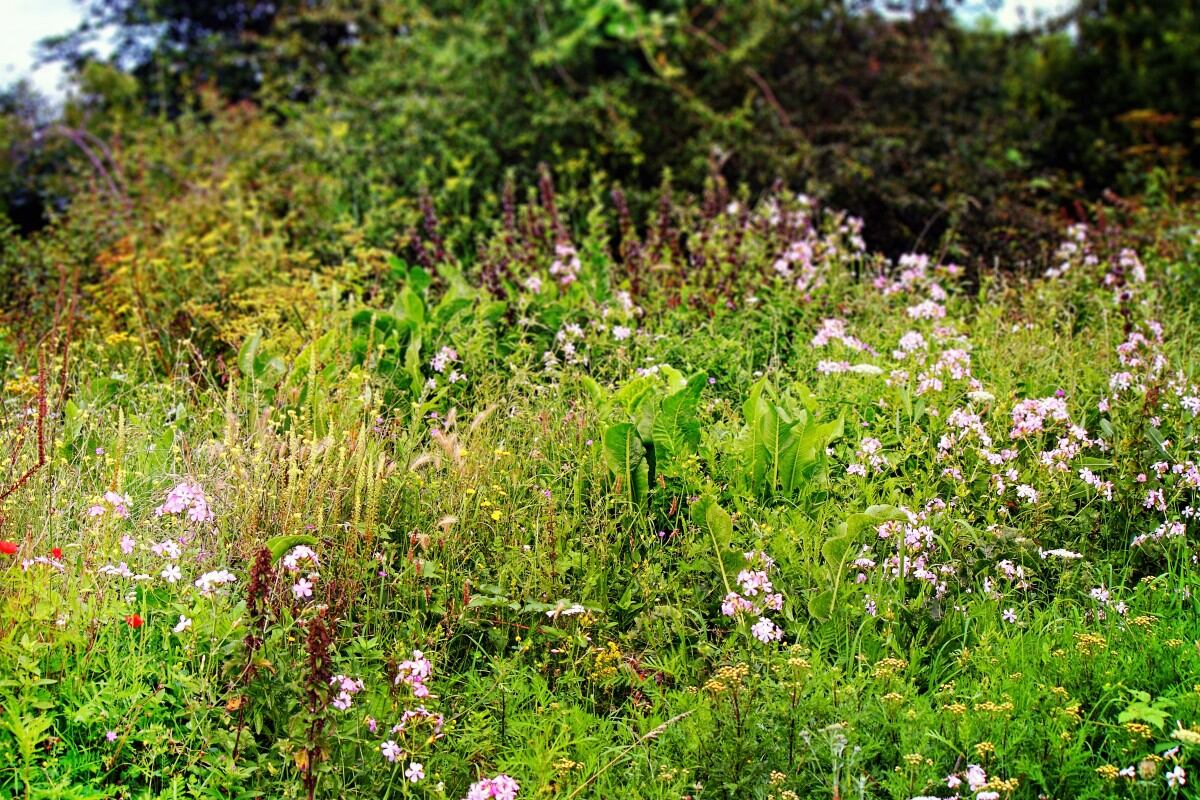
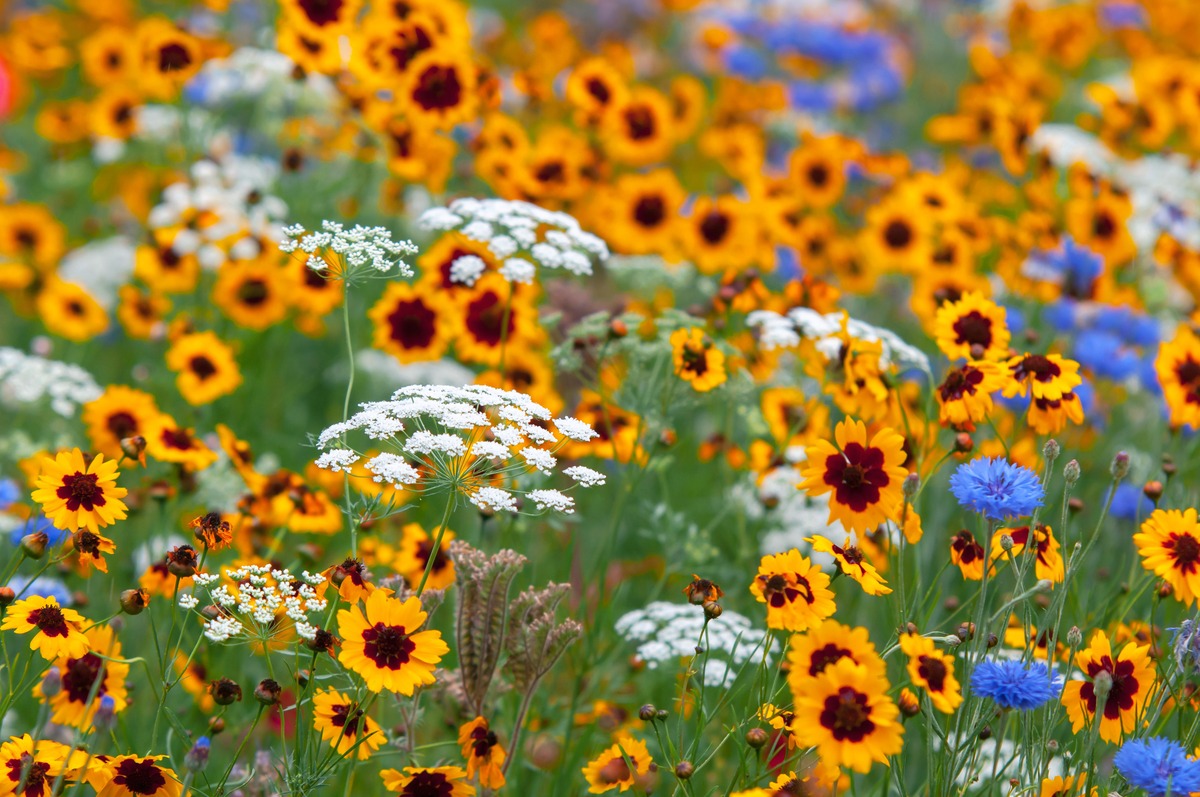
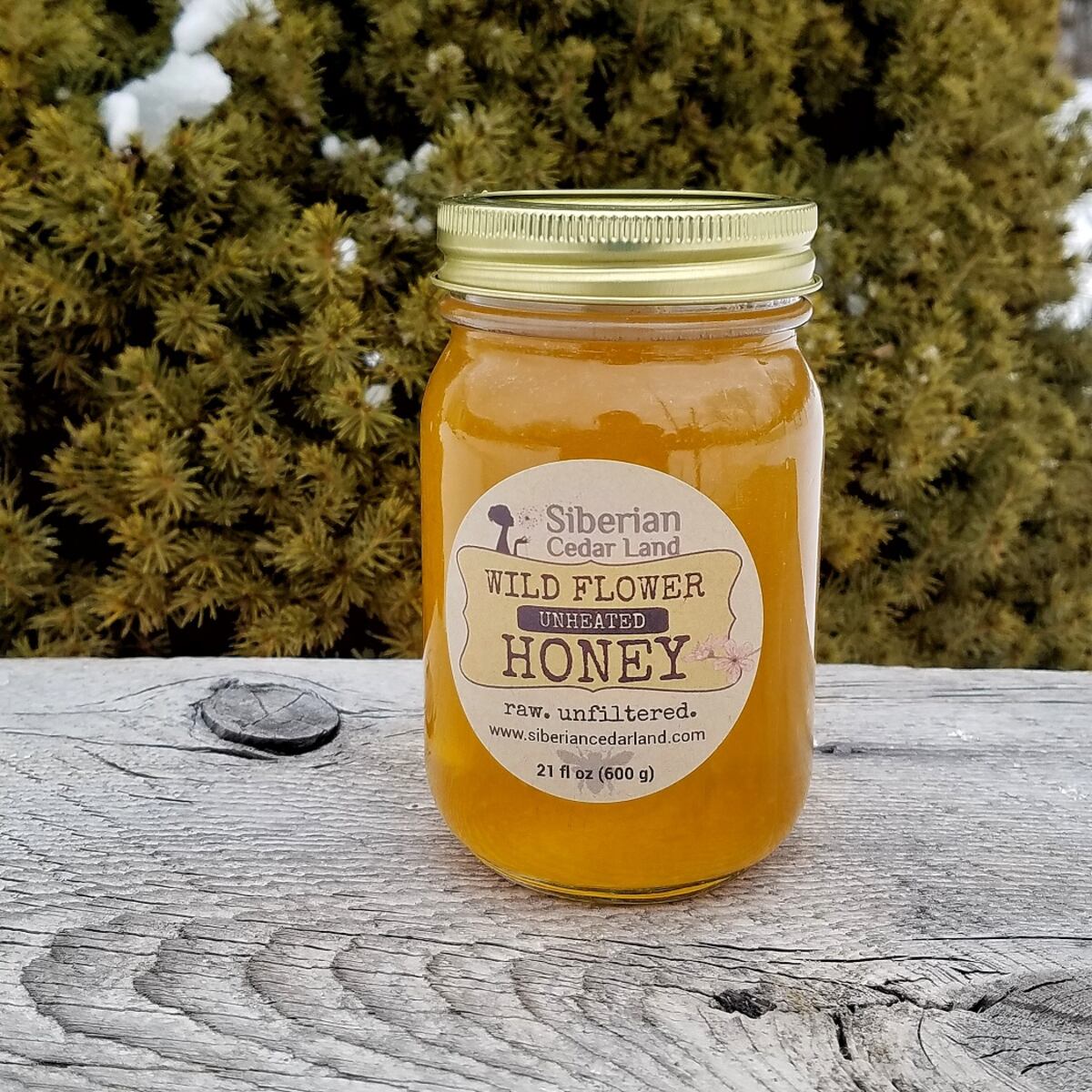

0 thoughts on “What Is The State Wildflower Of Colorado?”